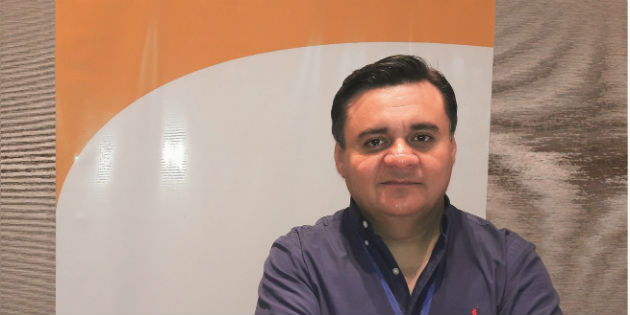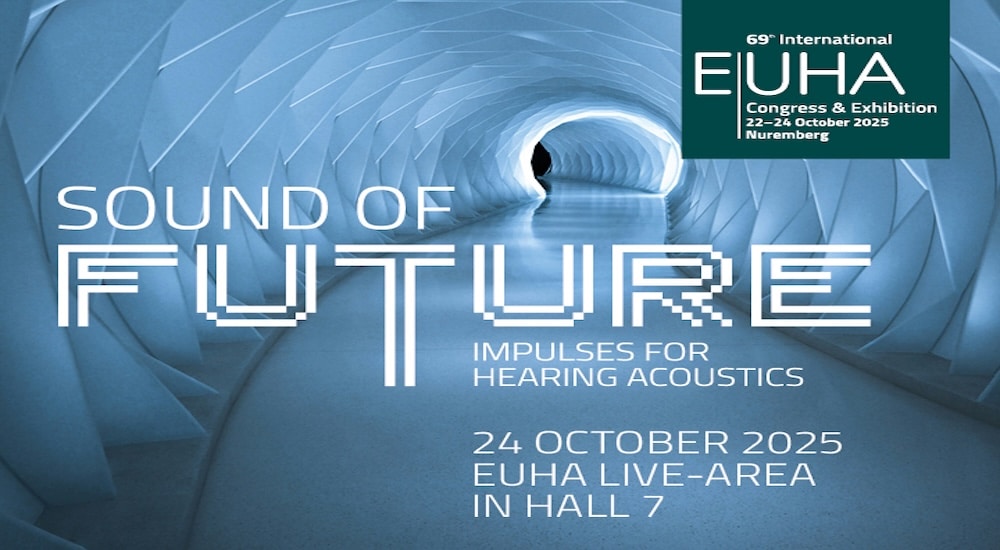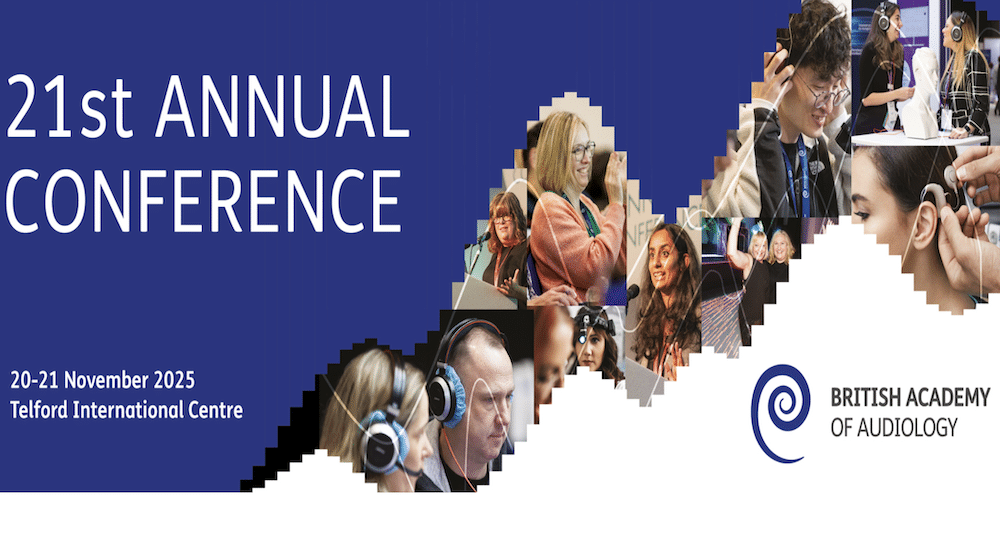"Vertigo is not the diagnosis; it is a symptom"
Vertigo
Vertigo is a very common symptom in human beings. “It can be definedas a sensation of movement of the person or the surroundings of thesame person but without any such movement really existing.

It is anillusion, a sign of a balance system disorder interpreted by the brain,”explained Dr. Ricardo Ceballos, neurotologist at The American British Cowdray-Medical and NeurologicalCenter during the Asoaudio congress in Cali, Colombia, last February.
Vertigo is not the diagnosis; it is a symptom, and it indicates thatsomething is going wrong in the brain or the ear, so one must discoverwhat is causing the vertigo in order to determine if it is treatable or ifit can be rehabilitated.
It is important to differentiate between vertigo and a dizzy spell. In thefirst, the patient believes he or she is turning round, and that is truevertigo. If, however, they feel disoriented without anything moving, thatis dizziness. In other words, vertigo is a sensation of movement, whiledizziness is a less-aggressive spatial disorientation.
Ceballos affirmed that vertigo is cured in certain types of diagnoses,controlled in some cases, and rehabilitated in others. “There are balance system disorders that can be cured, such as benign positionalvertigo; others can be controlled, such as Meniere’s disease; othersare rehabilitated, such as damage caused to the vestibular system byototoxic drugs, among them gentamicin, an antibiotic that permanentlyand severely damages the inner ear receptors. In the latter case, thereis no alternative to using vestibular rehabilitation, a fascinating treatmentarea for balance system issues, often based on cephalic or ocularexercise programmes designed to increase the speed with which thebrain compensates for damage produced in the labyrinth,” pointedout the expert from Mexico.
Vertigo is diagnosed through directed clinical history, a physicalexamination in line with the suspected diagnosis and, occasionally,through tests set up to measure or trace the damage caused by theunderlying disorder. Nevertheless, “diagnostic error in vestibular disordersis very frequent due to the lack of specific academic programmesduring general medical training and that of related specialties. One ofthe more common motives is fear or lack of knowledge at clinics ofvestibular and oculomotor physiology, as well as its application duringdiagnostic processes,” explained the expert, who pointed out that theseerrors do not only occur in Latin America but are common worldwide.Among diagnostic alternatives is, perhaps, anamnesis, or clinical history,this being the fundamental pillar of the overall algorithm. In itself, it isextremely sensitive to the detection of the topography and probablyetiology of peripheral and central vestibular disorders and dysfunction.The problem with a clinical history approach is that few specialists canbuild the kind of complete document that really serves as the key toolfor detecting vertigo. One of the big snags in this process is a doctor’sconsultation time, insufficient for both the medic and the patient.
The best way to overcome this obstacle is to make professionals awareof prioritising clinical history as the principle responsibility to fulfil whendealing with patients with dizziness. It is a task that even affects statehealth systems where surgeries are so saturated on a daily basis thatuseful medical interviews cannot easily be carried out.
Summing up at the end of the day, the message put across was that“modern neuro-otology has reached such a level of sophistication thatpractically no patient with vertigo or dizziness lacks diagnostic andtherapeutic options,” said Ricardo Ceballos.
Interested in Audiology In Latin America? Audio Infos Latin America is your magazine. Access here our library -free, no registration required.
Photo: M.B.P.


